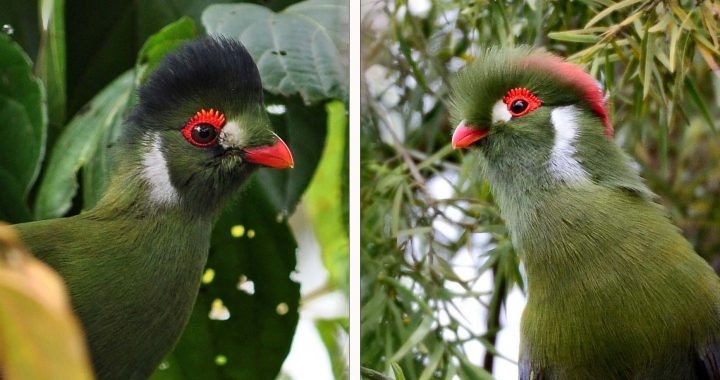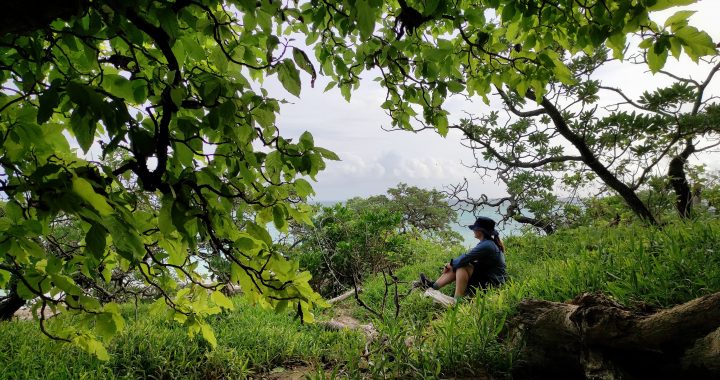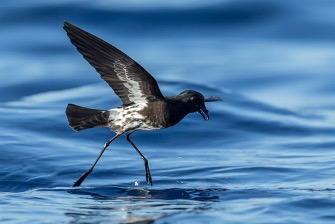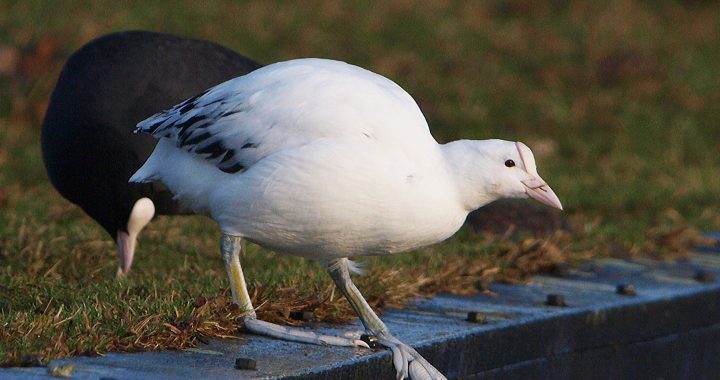I am a DPhil Biology student at St Edmund Hall at the University of Oxford. This year, in partnership with the British Ornithologists’ Club, I’ll be starting a PhD at the Edward Grey Institute, with the aim of developing a better understanding of the many facets of bird behaviour and physiology that lead to incidences of avian collisions with human-made structures. The project will seek to identify common traits between the most collision-prone species, with […]
Read moreCategory Archives: Research Stories
Is the Crimson-crested Turaco a species in its own right?
Originally, three turaco species were described from the Horn of Africa: the widespread White-cheeked Turaco Tauraco leucotis, the Crimson-crested Turaco T. donaldsoni, and the Ruspoli’s Turaco T. ruspolii, the latter two being endemic Ethiopian taxa. Subsequent taxonomic revisions relegated the Crimson-crested Turaco to a subspecies of the White-cheeked Turaco, and this classification is now of long standing. This revision was the result of an ambiguous interpretation of their actual ranges due to a lack of […]
Read moreBeneath the feet of the dodo – a new ground thrush from Mauritius
The Mascarene Islands of Mauritius, Réunion and Rodrigues, situated in the southwest Indian Ocean, once harboured a number of diverse bird species, most notably the Mauritian Dodo. Unlike most other oceanic islands, the Mascarenes were in pristine condition when first discovered by humans, who recorded important but often vague details in ships’ logs and journals. The arrival of Europeans at the end of the 16th century, with their accompanying commensal animals, proved disastrous for the […]
Read morePoo in paradise: a week of fieldwork on Heron Island
When I decided to pursue my passion for poo at PhD level, I never imagined I would end up on Heron Island: a (very) small coral cay on the Great Barrier Reef, Australia. Just half a mile long, this sub-tropical island is home to a huge variety of biodiversity. So much so that David Attenborough opted to film there. Fig 1 Heron Island, credit: Andrea Estandía
Read moreA new bird species, the New Caledonian Storm-Petrel
Storm-petrels are the smallest of the petrels, are closely related to albatrosses, and represent more than one-third of the world’s truly oceanic seabird species. Most are nocturnal at their nesting sites, shy by nature, and breed on remote and often inaccessible islands. These features of petrels render them difficult to study and many populations are hardly documented. The description or recognition of a new species is a very rare event. Our new study, published in […]
Read moreHow to name a white bird
Colour aberrations in birds have been my main research focus for more than 30 years, during which I have learnt that identifying and naming these aberrations still presents problems for ornithologists. Many terms for the different colour aberrations have been proposed during the last 175 years. These terms, however, have apparently been used at random to identify aberrations in published records, creating much confusion. Leucism seems to be the most commonly used term and is […]
Read more





